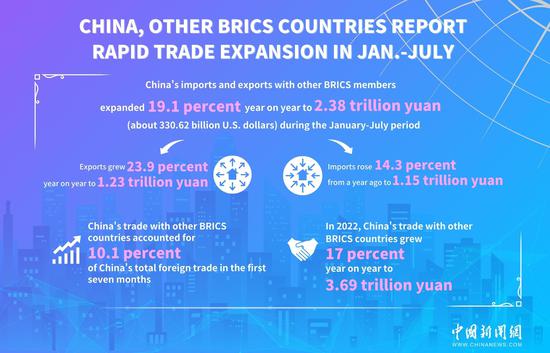COVID-19 is still the number one infectious disease in Beijing, said Beijing health officials on Thursday, noting that EG.5, a sublineage of the Omicron variant, is currently the dominant strain across China, accounting for over 70 percent of COVID-19 infections.
According to the 33rd weekly report in 2023 released by the Beijing health commission, the capital reported a total of 11,080 cases of 16 infectious diseases during the 33rd week of the year (August 14-August 20), an obvious increase compared with the 8,287 cases in the 32nd week and 5,434 cases in the 31st week.
The top five reported diseases are, in order, COVID-19, hand, foot and mouth disease, other infectious diarrhea, influenza and tuberculosis, said the latest report.
On Saturday, the National Bureau of Disease Control and Prevention said the proportion of the new variant EG.5 increased from 0.6 percent in April to 71.6 percent in August, becoming the dominant strain in most provinces in China.
The health authority in the city of Foshan in South China's Guangdong Province said on August 17 that the EG.5 variant is gradually becoming dominant among the circulating strains in the city, but the harm caused by it is within a controllable range.
With "a third infection of COVID-19" being discussed on social media by more and more people who worry that EG.5 could become the reason for their third infection, Peng Jie, director of the Difficult Infectious Disease Center at Nanfang Hospital in Guangzhou, said that in the past week, there was no obvious increase in the total number of patients visiting fever clinics, but the proportion of COVID-19 patients had slightly increased. From patients' symptoms, there were no signs of aggravation, Peng said.
On August 18, the Shanghai Center for Disease Control and Prevention said that recent monitoring results indicate that the overall situation of COVID-19 infections in Shanghai is stable, with the infection remaining at a low level.


















































 京公网安备 11010202009201号
京公网安备 11010202009201号